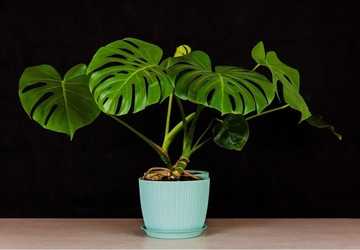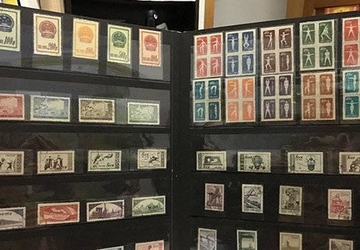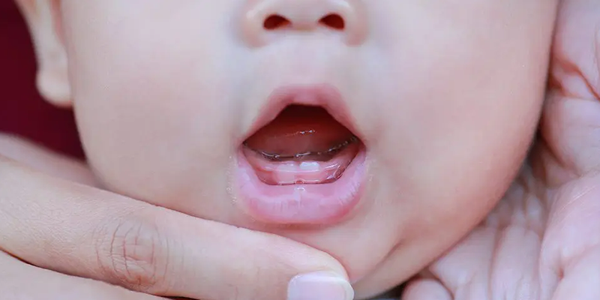Pets are more than just animals; they're cherished members of our families, offering unconditional love and unwavering companionship. As responsible pet owners, we strive to provide them with a safe and nurturing environment. One often overlooked aspect of pet safety is the presence of toxic plants in our homes and gardens.
Many beautiful, common flora can pose a serious threat to our furry friends if ingested. In this article, we will explore the top 10 plants to avoid for the well-being of your pets. By understanding these risks and taking preventive measures, you can create a home that is both beautiful and safe for your beloved animals.
Plants to Avoid for Pet Safety: Toxic Flora Alert
Our furry friends bring joy, companionship, and warmth to our lives. As responsible pet owners, we must provide them with a safe and nurturing environment. While we child-proof our homes, it's just as crucial to pet-proof them as well. Surprisingly, many common houseplants and garden flora can be toxic to our beloved cats and dogs. Read on to learn more about these toxic flora and how to safeguard your pets.

1. Oleander (Nerium oleander)
Oleander, with its stunning clusters of colorful flowers, is a common garden shrub, but its beauty conceals a deadly secret. Every part of the oleander plant is highly toxic, containing toxic compounds that can cause severe heart issues, vomiting, and even death in pets.
2. Azalea (Rhododendron spp.)
Azaleas are known for their vibrant, trumpet-shaped blooms and are often found in gardens and as potted plants. However, these lovely plants contain grayanotoxins that can lead to symptoms like vomiting, diarrhea, and even heart problems if your pet consumes any part of the plant. Keeping azaleas out of reach is the safest bet to protect your furry companions.
3. Sago Palm (Cycas revoluta)
The sago palm is a popular ornamental plant, often used to adorn homes and gardens. Its appeal belies its harmful nature, as all parts of the sago palm contain cycasin, a potent toxin. If ingested, it can lead to liver damage, seizures, and even death in pets. Ensure this plant is well out of reach of your curious cats and dogs.
4. Autumn Crocus (Colchicum autumnale)
The autumn crocus might be mistaken for the true crocus, a harmless and delightful spring flower. However, the autumn crocus is a toxic imposter containing colchicine, a substance that can lead to severe gastrointestinal issues, organ failure, and even death if ingested by pets. Be cautious if you have these plants in your garden or home.
5. Rhubarb (Rheum rhabarbarum)
Rhubarb is a popular choice for pies and desserts, but it should not be part of your pet's diet. Both the leaves and roots of rhubarb contain oxalates that can cause kidney damage and severe digestive issues. If you grow rhubarb in your garden, make sure it's inaccessible to your pets.
6. Daffodils (Narcissus spp.)
Daffodils, the iconic spring blossoms that brighten up gardens and homes, hide a potential danger. These substances have harmful alkaloids, such as lycorine. If consumed by pets, they can cause symptoms like vomiting and diarrhea. In extreme cases, they can even lead to cardiac complications. Be cautious when planting daffodils, and make sure to keep them out of your pets' reach.

7. Philodendron (Philodendron spp.)
The philodendron is a favorite houseplant due to its lush green foliage and easy care. However, it contains calcium oxalate crystals, which can lead to intense mouth and throat irritation, drooling, and difficulty swallowing if pets chew on its leaves. Keep these beautiful plants out of your pet's reach.
8. Dieffenbachia (Dieffenbachia spp.)
The dieffenbachia, also known as the dumb cane, is another popular houseplant. It contains calcium oxalate crystals, like the philodendron, causing similar symptoms if ingested. Make sure your curious pets can't nibble on these toxic leaves.
9. Lily (Lilium spp. and Hemerocallis spp.)
Lilies are beloved for their striking appearance and fragrant blossoms, especially during Easter and other celebrations. However, they pose a significant threat to cats, as they contain compounds that can cause kidney failure. Even a small nibble on a lily petal or leaf can have devastating consequences for your feline friend.
10. Poinsettia (Euphorbia pulcherrima)
Poinsettias are a common sight during the holiday season, with their vibrant red and green foliage. While they have a reputation for being highly toxic, their toxicity is often overblown. In reality, their milky white sap can cause mild gastrointestinal issues and skin irritation in pets, but severe poisoning is rare. Still, it's wise to keep them out of your pet's reach.
Now that we've highlighted the top 10 plants to avoid for pet safety, it's essential to take steps to protect your furry friends. Here are some tips on how to create a pet-friendly environment:
Educate Yourself: Understanding the plants that are harmful to your pets is the first step. Take time to research any new plants you introduce into your home or garden to ensure they're safe.
Keep Toxic Plants Out of Reach: Place toxic plants in areas that are inaccessible to your pets. Hang them in baskets, use high shelves, or create barriers to deter your pets from reaching them.
Consult a Vet: If you suspect that your pet has ingested a toxic plant, contact your veterinarian immediately. In critical situations like these, time is of the essence, and your vet
erinarian can provide you with essential guidance on the necessary steps to take.
Conclusion
While many plants can enhance the aesthetics of your home and garden, some pose significant risks to your pets. Oleander, azalea, sago palm, and various other poisonous plants can result in a spectrum of health issues, ranging from mild discomfort to severe poisoning. To ensure your pets' safety, it's crucial to be aware of these dangers and take steps to prevent access to harmful flora. Your pets rely on your guidance and protection, and by following these guidelines, you can keep them safe while still enjoying the beauty of your green companions.








